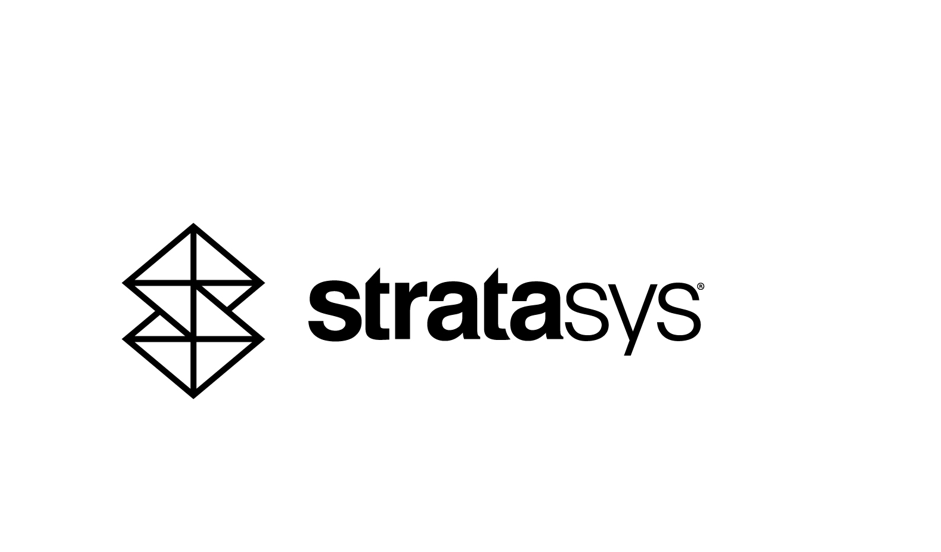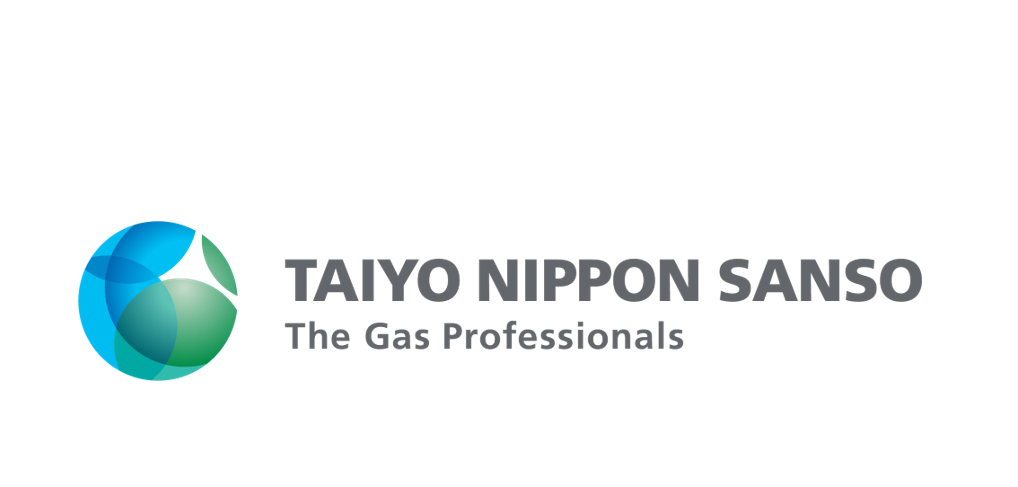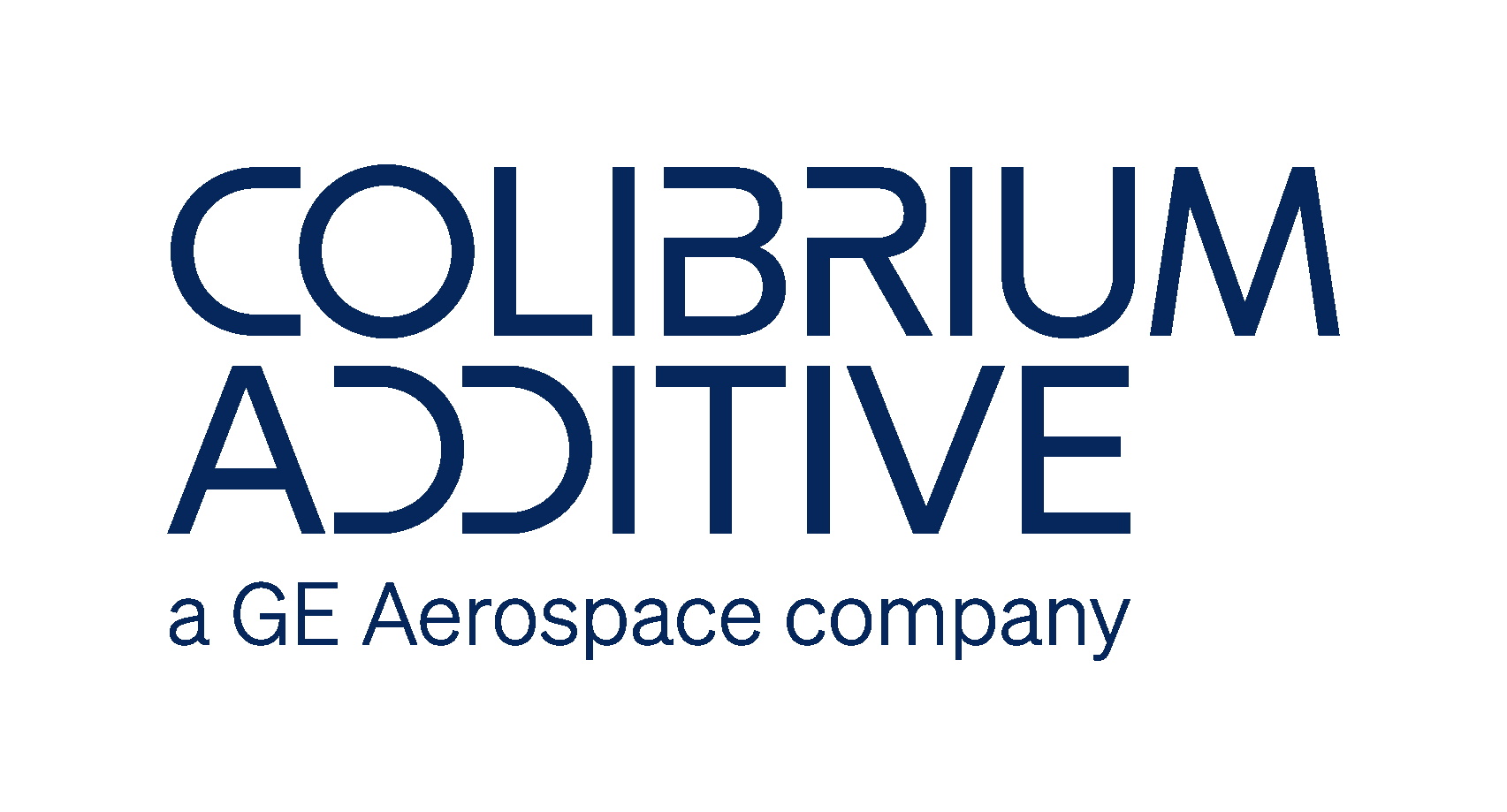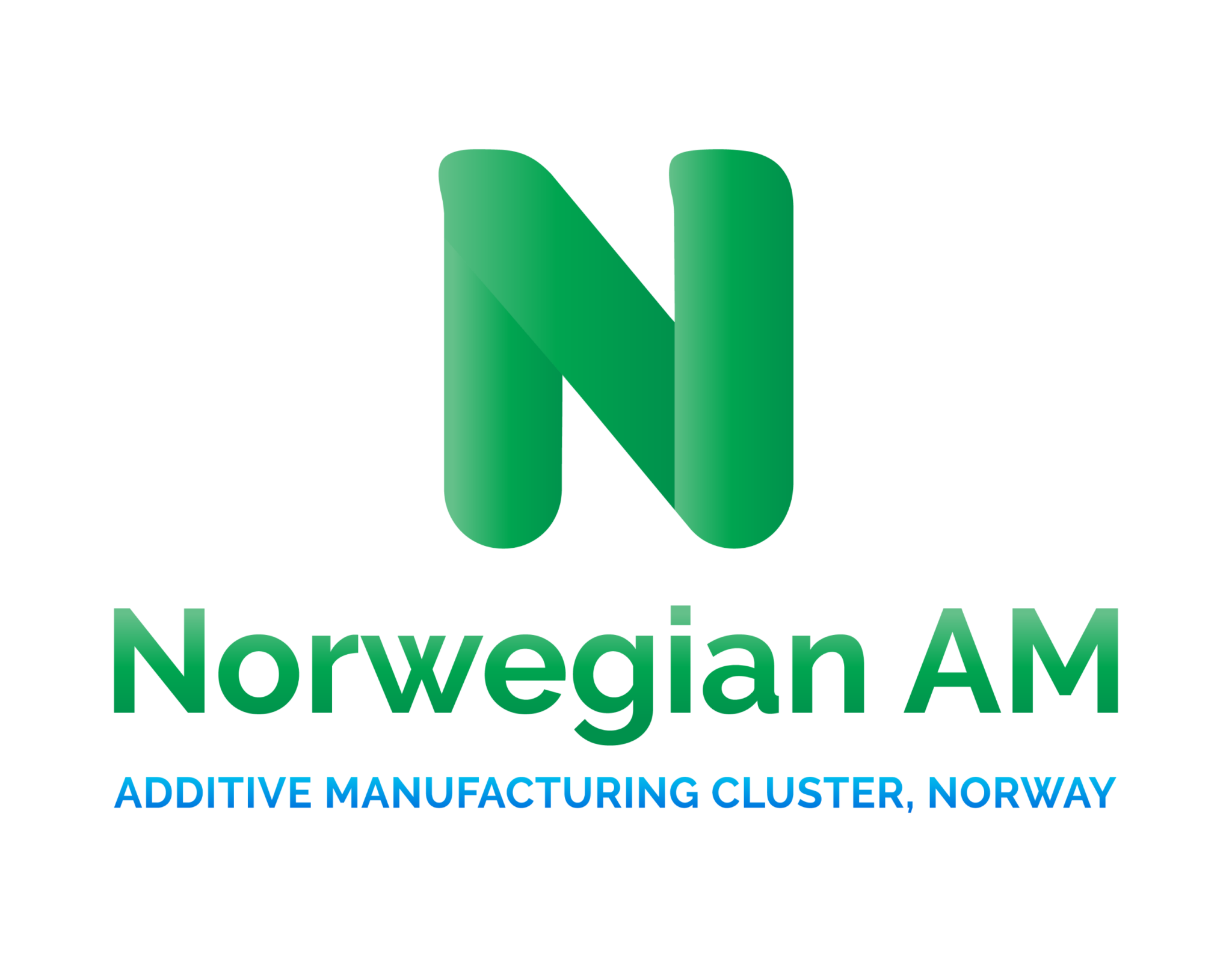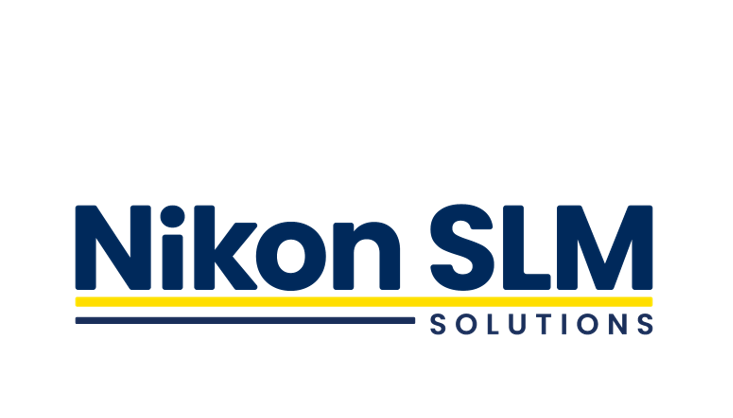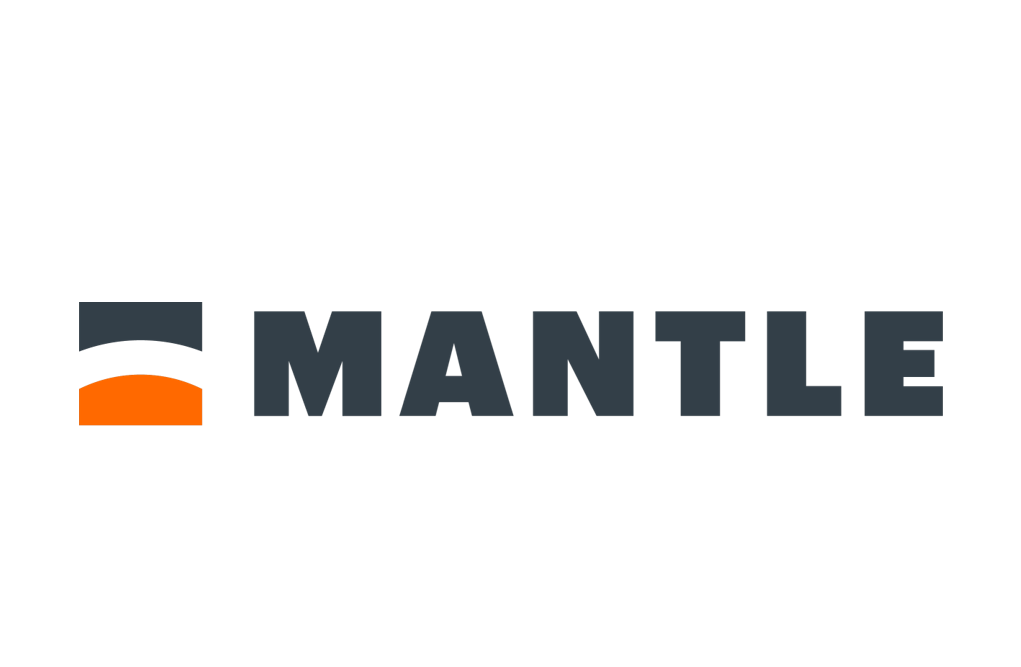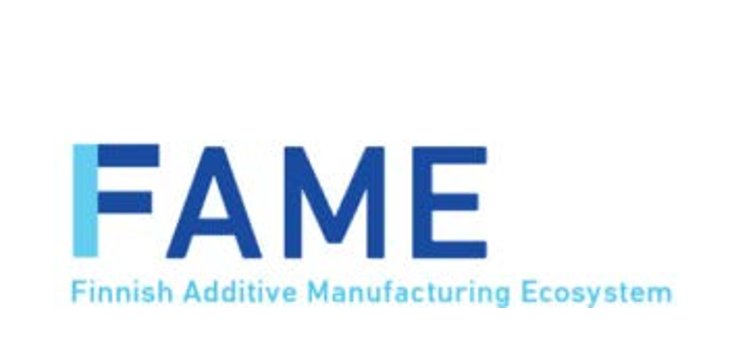January 29, 2025 Sustainability Expert Insights with Industry Expert Edvin Resebo, CEO, AMEXCI.

We are excited to announce episode four of our Sustainability Expert Insights Interview Series, produced in collaboration with MANSUS. This series explores the benefits of additive manufacturing and provides an in-depth look at how it offers innovative solutions that contribute to a more sustainable and commercially successful future. In Episode Four, we had the pleasure of meeting with Edvin Resebo, CEO of AMEXCI. Edvin shares how AMEXCI achieves sustainability through strategic collaboration, optimizing resources, and planning for the long-term.
Episode one introduces viewers to the series and Executive Director, Sherri Monroe, who defines additive manufacturing (AM) technology. She details how AM can provide organizations both environmental and economic benefits. In episode two, we meet Björn Hannappel, Head of Sustainability at EOS. He discusses how collaboration, responsible design and materials, digital value chains, and innovation contribute to advancing sustainability at EOS. ARBURG Additive’s Global Sales Director, Martin Neff details ARBURG Additive’s strategy of integrating sustainability into its products and how it contributes to the future of additive manufacturing in episode three.
AMEXCI Places Sustainability at the Center of Operations
Headquartered in Sweden, AMEXCI is a leading additive manufacturing (AM) company specializing in industrial metal 3D printing. Since its founding in 2017, sustainability has been at the core of AMEXCI’s operations. The company is deeply committed to research and innovation within the AM sector, focusing on laser-based powder-bed fusion and high-quality parts manufacturing.
AMEXCI evaluates its sustainability impact by optimizing resource utilization for each specific application and closely monitoring its carbon footprint throughout the manufacturing chain. By focusing on these two key metrics, AMEXCI demonstrates to its customers that choosing AM not only enhances part performance but also drives efficiency and sustainability in the overall production process.
Comparing AM Benefits to Traditional Manufacturing
The most effective way to understand how AM can assist a customer is to collaborate directly with the product source. Skilled engineers and manufacturing teams will guide customers through the entire process from start to finish.
Edvin stated that “the AM process is multifaceted and is not just about the part’s design. You must also account for how the part was produced, and what steps were taken in the process. Customers must have all the details to properly compare additive manufacturing with traditional manufacturing processes like milling or casting.”
Planning for the Long-Term
Building awareness of additive manufacturing (AM) is essential. AM is not a quick fix or a method that delivers immediate results; instead, it serves as a long-term solution. Companies need to develop a comprehensive plan and vision that outlines how specific products can integrate into their distinct markets. AMEXCI aims to improve its customers’ competitiveness within their industries by focusing on sustainable, long-term goals.
Project Collaboration
AMEXCI collaborated with eleven partners from eight different countries including The Technical University of Munich, the Professorship for Laser-based Additive Manufacturing, and EOS on InShape, an EU-funded initiative dedicated to displaying the power and innovation of powder bed fusion processes for metals, resource-conserving, and agile laser-based production methods. This project optimized processing strategies and displayed that you can develop technology with sustainability as a central focus.
A Holistic Approach to Evaluating Sustainable Manufacturing
Some key elements to evaluate when determining an organization’s impact on the environment include the sourcing and production of raw materials, the creation and sources of electricity, individual supply chains, logistics, and the geographical location of operations. The full production scope needs to be considered when structuring a sustainability map and assessing a company’s carbon footprint.
Collaboration and the Importance of the AMGTA
A significant part of achieving success in additive manufacturing is fostering collaboration. The vast amount of opportunities, obstacles, and accomplishments cannot be maneuvered alone. Therefore, it is important to find the right partners, organizations, institutes, and universities with the proper mindset to contribute their unique perspectives and expertise.
The AMGTA is a great example of like-minded companies and individuals coming together to share their experiences, visions, challenges, and opportunities. We can connect, explore, set a direction and focus on different areas through collaboration. The AMGTA serves as a neutral umbrella that gathers everyone and ensures that we don’t concentrate on one singular area or company’s interest. Engagement is crucial.
AM Driving the Future of Sustainability
As more industrial companies place sustainability at the center of their processes, the adoption of AM will increase. AM enables sustainable manufacturing by using less material, and less energy, and allows greater flexibility in production.
Follow the entire series on our website or the MANSUS YouTube channel.





